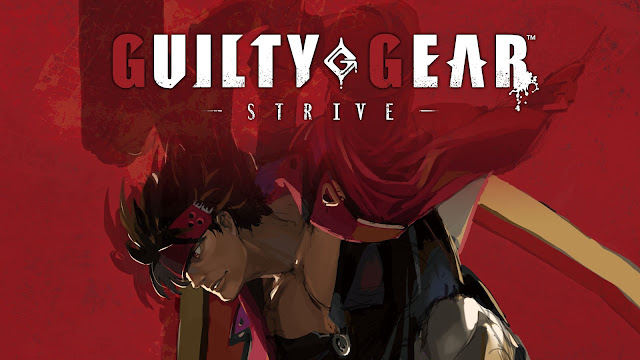The Guilty Gear series, a renowned Japanese fighting game franchise developed by Arc System Works, has captivated players with its intricate lore, detailed anime-style graphics, and rock and metal music references. The series timeline is a rich tapestry of events that span centuries, blending historical references with a unique fictional narrative. Here, we delve into the Guilty Gear universe's chronological history, tracing this iconic series's origins and evolution.
### Old World and the Age of Magic
The Guilty Gear saga begins in the Old World, with events dating back to the 12th century. German Crusaders' encounters in Cairo set the stage for the mysterious survival of a man who would later vanish, hinting at the supernatural elements that permeate the series. Fast-forward to 1945, and the end of World War II marks a pivotal moment as the major powers form the United Nations, laying the groundwork for the series' geopolitical landscape.
The Age of Magic emerged in 1999 when a prophet foretold a calamity, leading to the UN's ban on electronic devices and the introduction of Magic, taught by the Apostles to prevent societal decline. This era sees the establishment of the Sanctus Populi and the discovery of a system allowing magic to be easily utilized by anyone, revolutionizing the world's infrastructure.
### The Crusades and Post-Crusades Era
The Crusades, a significant period in the Guilty Gear chronology, witness the rise of the Gear Project and the transformation of Frederick Bulsara into the first Gear prototype, igniting a series of events that culminate in the mass production of Gears. The Post-Crusades era is marked by military and political shifts, with the US reopening the Gear Project for military use and the completion of the first combat-ready Gear.
### The Games and Their Place in History
The Guilty Gear games themselves are milestones within this timeline, each contributing to the unfolding narrative. Starting with the original Guilty Gear in 1998, the series has expanded with titles like Guilty Gear X, XX, and the Xrd series, culminating in the latest installment, Guilty Gear -Strive-, released in 2021. These games not only advance the story but also showcase the series' evolution in gameplay and artistic direction.
### Cultural Impact and Legacy
Guilty Gear's influence extends beyond its gameplay, with a cultural footprint that includes drama CDs, novels, manga, and even an upcoming animation titled Guilty Gear -Strive- Dual Rulers set for release in 2025. The series' allusions to musical terms and icons, such as the iconic phrases "Heaven or Hell" and "Let's Rock," and the use of "Slash" to signify defeat, pay homage to the rock and metal genres that inspire its characters and soundtracks.
In conclusion, the Guilty Gear series stands as a testament to the creative fusion of gaming, music, and storytelling. Its chronological history is not just a sequence of events, but a narrative experience that has grown and evolved with its audience. As we look forward to future developments, Guilty Gear continues to rock the world of fighting games with its unique blend of history, magic, and rock 'n' roll.
For a more detailed exploration of the Guilty Gear timeline and its elements, visit the Guilty Gear Wiki.




Comments
Post a Comment